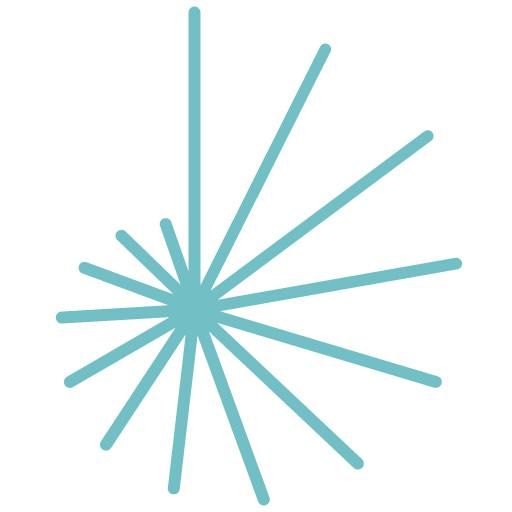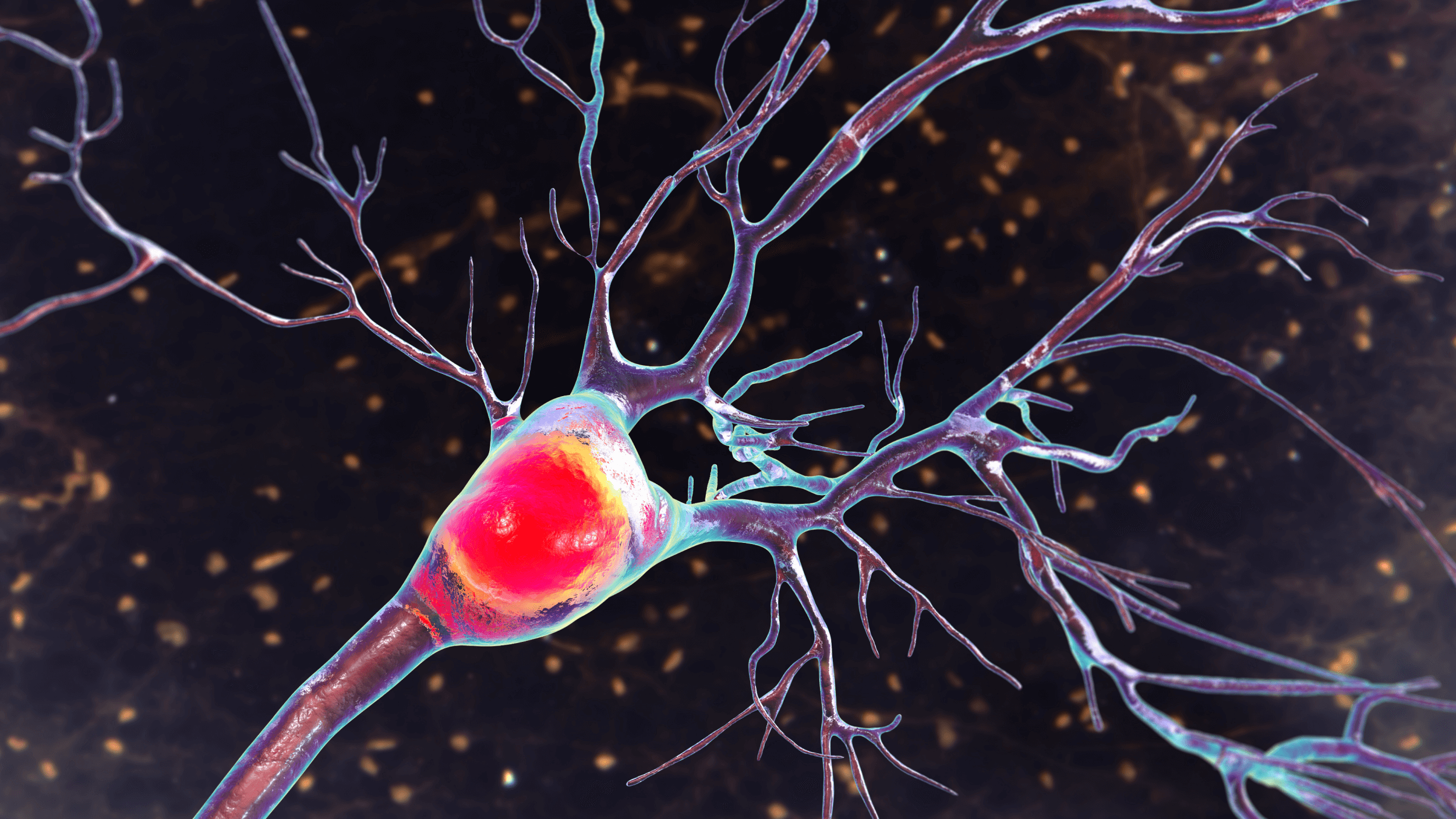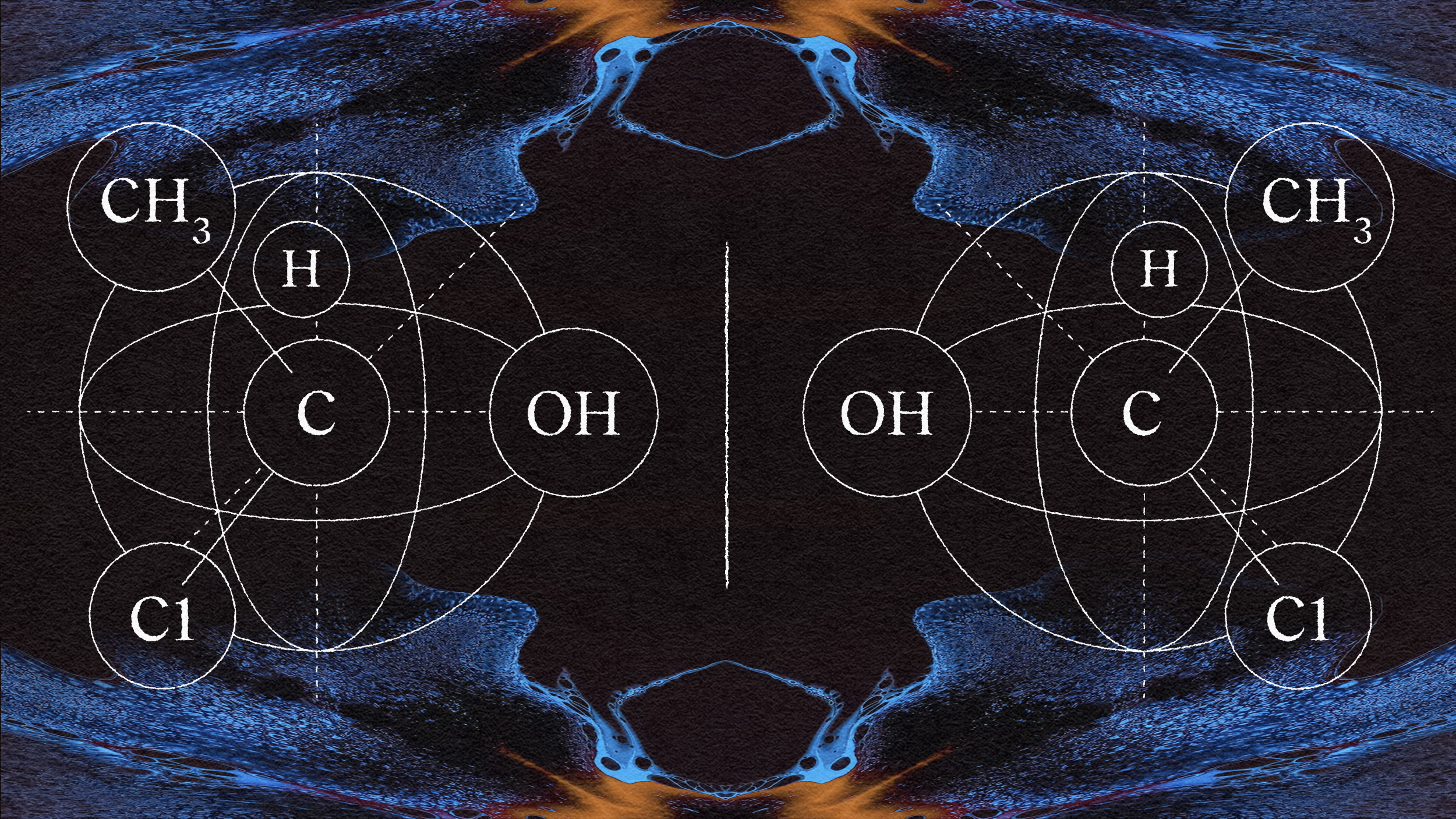Our world is filled with an abundance of data. Albert-László Barabási, a network scientist, believes that understanding the underlying structure and relationships of complex systems is crucial. Barabási’s research has challenged the notion of random connections and led to the discovery of a more accurate representation of how these systems are organized.
Barabási’s exploration began with the vast internet. Surprisingly, he found that the intricate web of connections did not follow random patterns but instead followed a power load distribution. He named these networks “scale-free networks.”
Barabási’s groundbreaking work reveals that new connections in our networks tend to form with already well-connected elements. Scale-free networks exist in various complex systems, such as cellular interactions and social networks. This discovery is an important step toward comprehending the remarkable complexity that arises from countless interactions among the world’s many components.
ALBERT-LÁSZLÓ BARABÁSI: We live in a very special moment because just about anything we do is tagged by data. That's not only true for us, it's true for our very biological and universal existence.
The more we know about the world, the more we understand that it's a very complex system. Our biological existence is governed by a very complicated genetic and molecular networks; how the genes and the molecules in our cells interact with each other, but also the society is really not just simply a sum of individuals. Society is not a phone book. What makes the society work is really the interactions among us.
But the question is: How do we understand this complexity? If we wanna understand a complex system, the first thing we need to do is to map out its architecture and the network behind it.
We have data about just about everything, and this huge amount of data creates a wonderful and unique laboratory for the scientist; offering the opportunity to really understand how our world works.
Graph theory became a very prominent subject of study for mathematicians, and I am Hungarian, and it turns out the Hungarian School of Mathematics, thanks to Paul Erdős and Alfred Rényi, had major contributions to the problem. Mid-1959 and '60, they published eight papers that put down the 'theory of random graphs.'
They looked at some of the complicated networks around us and they said, you know, "We have no idea how these networks are wired together, but for all practical purposes, they look like random." So their model was very simple: Pick a pair of nodes and throw a dice. If you get a six, you connect them. If you don't, you move onto another pair of nodes. And with that idea, they built what we call today a 'random network model.'
What is interesting from a physicist's perspective is that for us, randomness does not mean unpredictability. Actually, randomness is a form of predictability. And that's exactly what Erdős and Rényi proved, that in a random network, the average dominates.
Let me take an example: The typical person, according to sociologists, has about a thousand people whom he or she knows on a first name basis. If the society would be random, then the most popular individual, the person with the most friends, would have about 1,150 friends or so. And the least popular, about 850, meaning the number of friends we have follows a Poisson distribution that has a major peak around the average and decays very fast, which clearly doesn't make any sense, right? This was an indication that there is something wrong with the random network model. Not in the sense that the model is wrong, but it does not capture reality, does not capture how networks form.
After years of being interested in networks, I realized I need to find real data that describes real networks. The first opportunity for us to study real networks came with the map of the world wide web. We know the world wide web is a network. The name says it: it's a web. Its nodes are the web pages and the links are the URLs, the things that we can click on to go from one page to the other. We're talking about 1998, which is about six, seven years after the world wide web was invented to begin with. The web was very small, with a few hundred million pages only.
So we set out to map it out, and that marked really the beginning of what we call today, 'network science.' Once we had this map of the world wide web, we realized it was very, very different from the random network maps that were generating the years before. When we dig deeper, we realize that the degree distribution, that is the number of links per node, did not follow the Poisson that we had for random network, but followed instead what we call a Power law distribution. We ended up naming these networks 'scale-free networks.'
In a scale-free network, we lack averages. The averages are not meaningful. They don't have an intrinsic scale. Everything is possible. They are scale-free. Most real networks do not form by connecting preexisting nodes, but they grow, starting from one node, adding other nodes and other nodes.
Think about the world wide web: In 1991, there was one single web page. How do we get to more than a trillion today? Well, another webpage was created who linked to the first page, and then another one who linked to one of the previous pages. And eventually, every time we put a webpage up and connect to other webpages, you are adding new nodes to the world wide web. The network is forming one node at a time. Networks are not static objects with a fixed number of nodes that need to be connected- networks are growing objects. They evolve by growth.
Sometimes it took as long as 20 years like the world world wide web to arrive at the current size, or four billion years when it comes to the subcellular networks to arrive at the complexity that we see today. We realize in the world wide web, we don't connect randomly. We connect to what we know. We connect to Google, to Facebook, to other major webpages that we're familiar with, and we tend to node the more connected pages. So our connection pattern is biased towards the more connected nodes.
And we ended up formalizing this with the concept of 'preferential attachment.' And when we put growth and preferential attachment together, suddenly the power laws emerged from the model. And suddenly we had hubs, and we had the same statistics and the same architecture that we saw earlier in the world wide web. We started to look at the metabolic network within the cells, the protein interactions within the cells, the way actors connect to each other in Hollywood. In all of those systems, we saw scale-free networks. We saw non-randomness, we saw hubs emerging. And hence, we realized that the way complex systems build themselves follows the same universal architecture.
Let's just be clear that network science is not the answer to all the problems we face in science, but it is a necessary path if we want to understand complex systems that emerge from the interaction of many components. And today, we don't have a theory of social networks, a theory of biological networks, and the theory of the world wide web- but rather, we have network science, that within one scientific framework, describes all of them.







